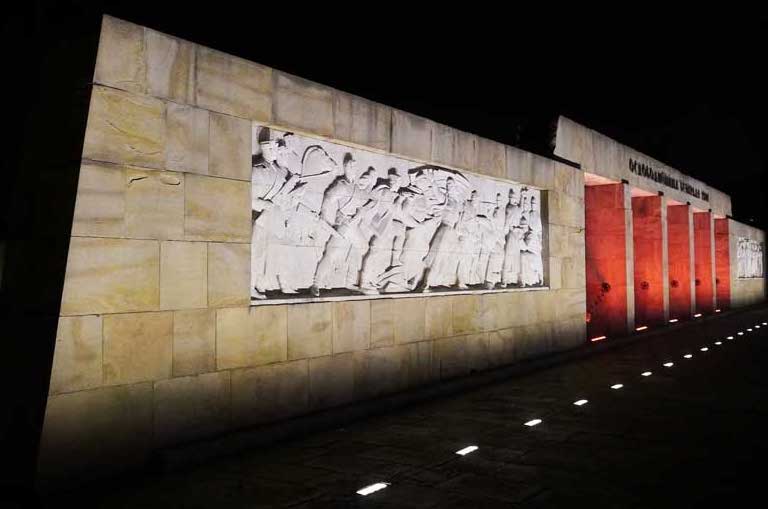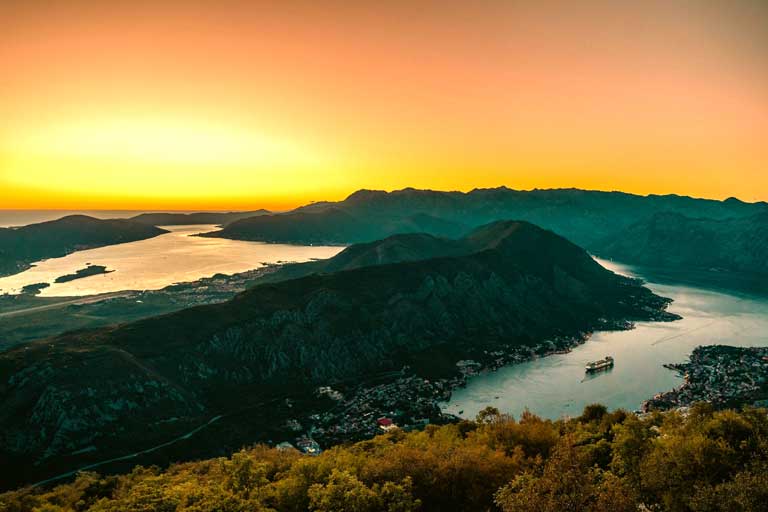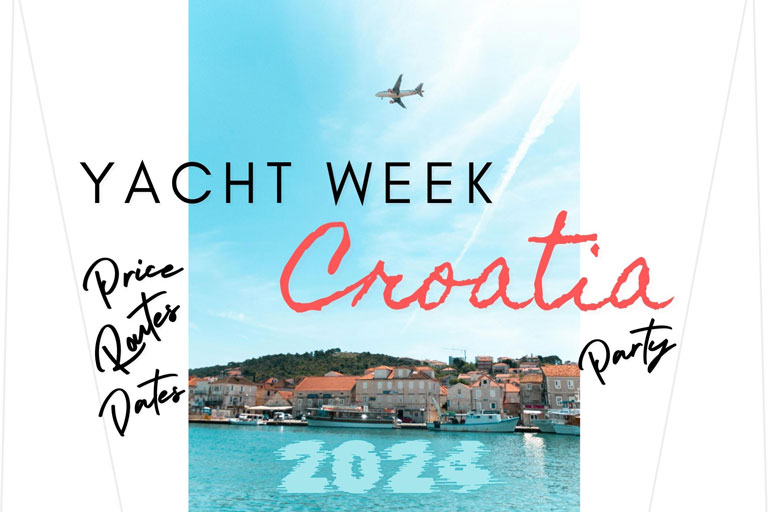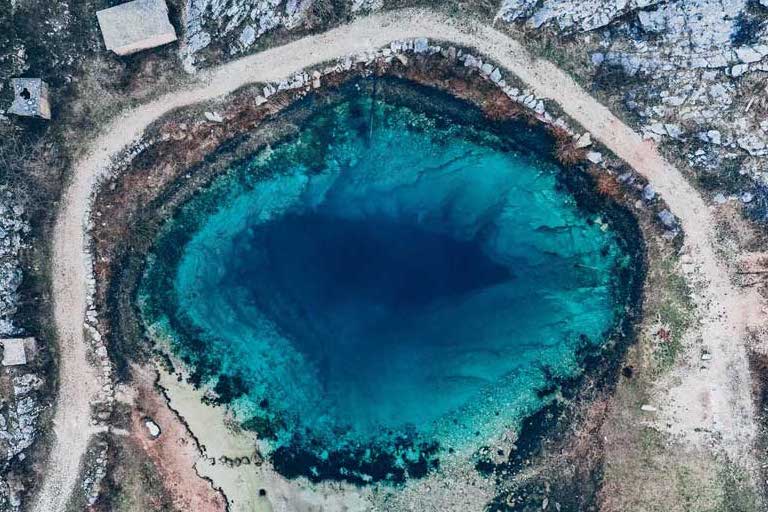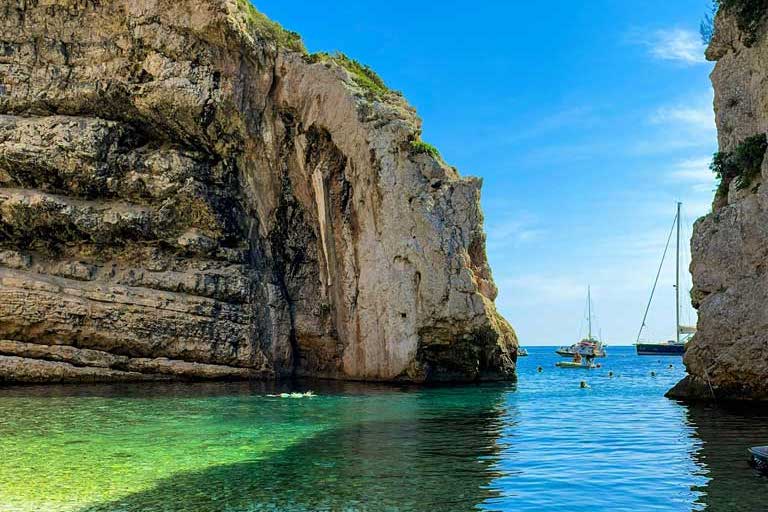Did you know the language of Serbia transcends borders?
Serbia’s language uses the Latin and Cyrillic alphabet and is the only language in Europe that does that. Even though government documents use the Cyrillic alphabet, everything else uses both alphabets, hence making it easier to read menus and signs.
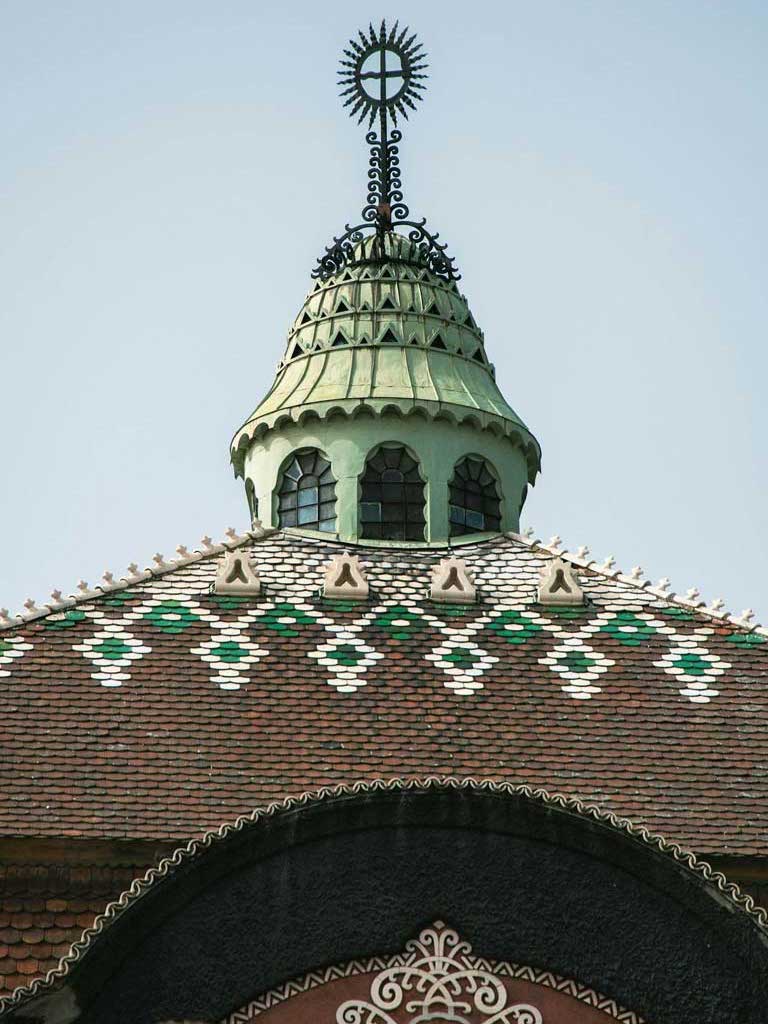
Since their language uses both alphabets, you can use it in other European countries. In fact, by learning a few Serbian words, you can talk to people in bordering countries — not fluently, but to a certain degree.
Things to Know Before You Visit Serbia
A couple of things you should know in case you are planning to go on holiday to Serbia:
Serbia Flag
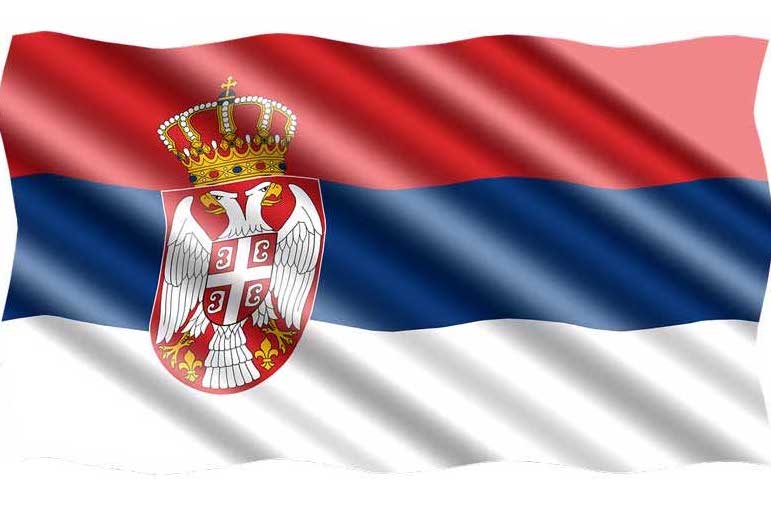
Serbia adopted its national flag on Nov 11, 2010. The flag has three horizontal stripes of equal length created using the Pan-Slavic colours — red, blue, and white.
Serbia’s Coat of Arms is located on the flag’s hoist side. Serbia features two shields on the Coat of Arms – a main shield and a small red shield. The red shield is separated into four quarters of equal length by a white cross with a “C” in Cyrillic written in every corner.
The Coat of Arms also features a two-headed white eagle with a fleur-de-lis placed near each talon and the eagle wears a crown.
What Each Part of the Flag Means?
The red colour is for the bloodshed during the fight for independence. The blue colour represents the clear sky. The white colour stands for the alluring bright light.
The two-headed eagle and fleur-de-lis stand for ancient dynastic symbols. The small red shield before the eagle represents Serbia. The four “Cs” mean “Only Unity Will Save the Serbs” (Samo Sloga Srbina Spasava). The eagle’s crown stands for the country’s crown of stars.
Serbia Map
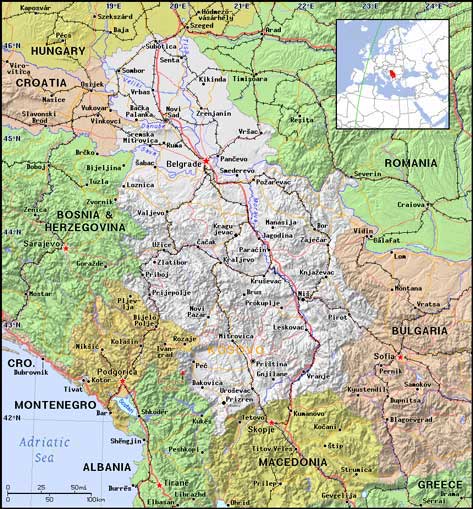
Where Is Serbia Located?
Serbia is in the southern region of Europe, in the Balkans, also called the Balkan Peninsula. The countries bordering Serbia are Croatia, Romania, Hungary, North Macedonia, Bulgaria, Kosovo, Bosnia and Herzegovina, and Montenegro. In truth, Serbia hasn’t recognised Kosovo as an independent country.
What’s the Country’s Abbreviation?
Serbia’s abbreviation is SRB.
What Language Do they Speak in Serbia?
Serbian is the official language. In addition to the official language, others spoken in the country include Bosnian, Hungarian, and Romany.
In addition, in Serbia’s autonomous Vojvodina province, the official spoken languages are Serbian, Romanian, Hungarian, Rusyn, Croatian, and Slovak.
Capital of Serbia

Serbia’s capital is Belgrade.
Population
Serbia has a population of 8,680,260 as of 2022 based on the United Nations’ most recent data.
Cities in Serbia
| Main Cities in Serbia | |
| City | Population |
| Belgrade | 1,273,651 |
| Nis | 250,000 |
| Novi Sad | 215,400 |
| Zemun | 155,591 |
| Kragujevac | 147,473 |
| Cacak | 117,072 |
| Subotica | 100,000 |
| Leskovac | 94,758 |
| Novi Pazar | 85,996 |
| Kraljevo | 82,846 |
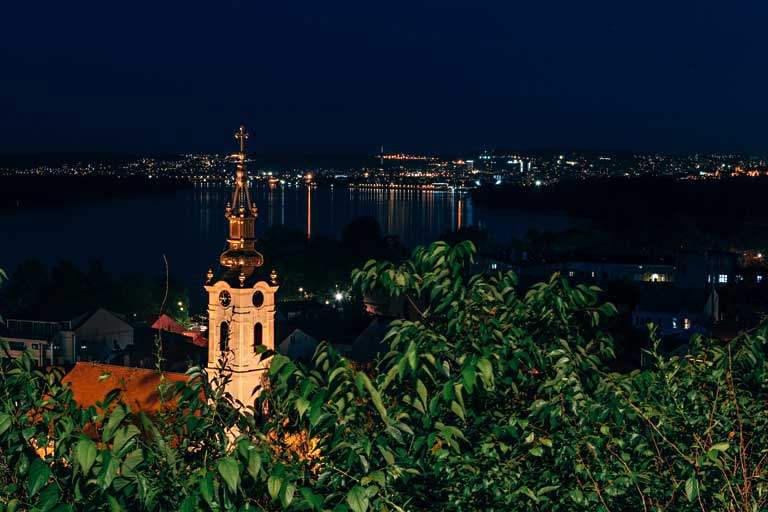
Ethnic Groups
The country has four main ethnic groups, Serbs (83.3%), Hungarians (3.5%), Romany (2.1%), Bosniaks (2%).
Serbian People
Serbians have a close-knit family unit. Most children live with their parents until marriage whereas others look after their parents in their old age.
Serbians are outgoing and social. They enjoy spending time with friends and loved ones at local cafes and restaurants.
They like to engage in discussions and take pleasure in sharing what’s happening in their life with close family, friends, and neighbours. They are hospitable and emphatic.
Most of them prefer a direct method of communicating, thus openly expressing their opinions on issues.
Serbia Religion
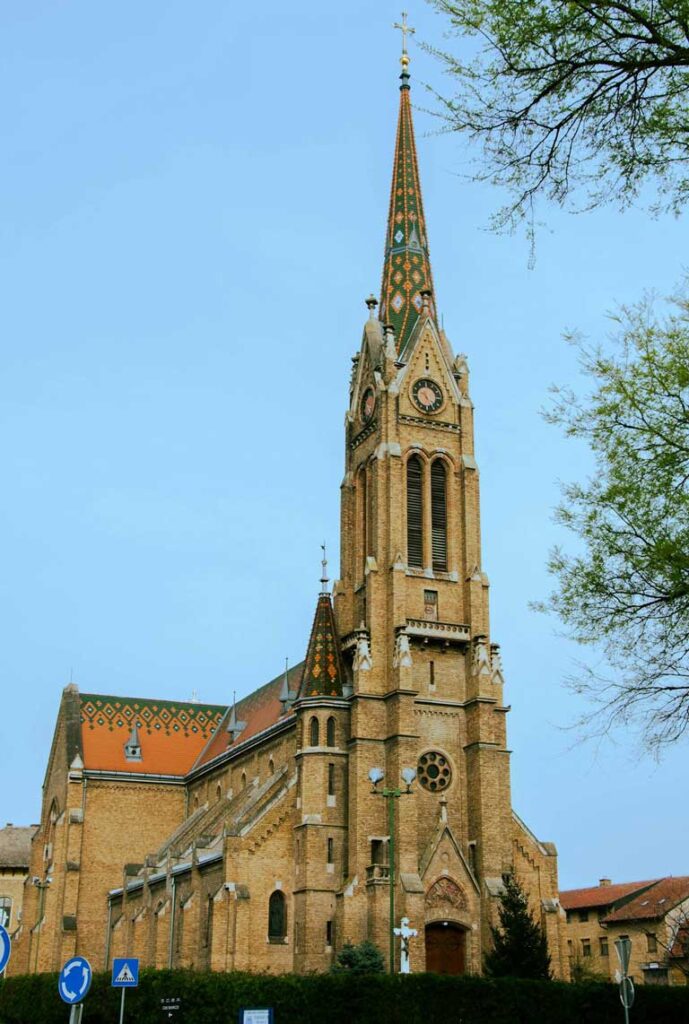
The following religions exist in Serbia: Serbian Orthodoxy (84.6%), Catholics (5%), Muslims (3.1%), and Protestants (1%).
Area
The country has an area of 77,474 km² or 29,913 sq mi.
Landscape
The mountainous country consists of the fertile and rich Danubian Plain that is emptied by the Tisa, Danube, Morava, and Sava rivers. The Balkans Mountains is one of Serbia’s mountain ranges and serves as a natural border with Bulgaria.
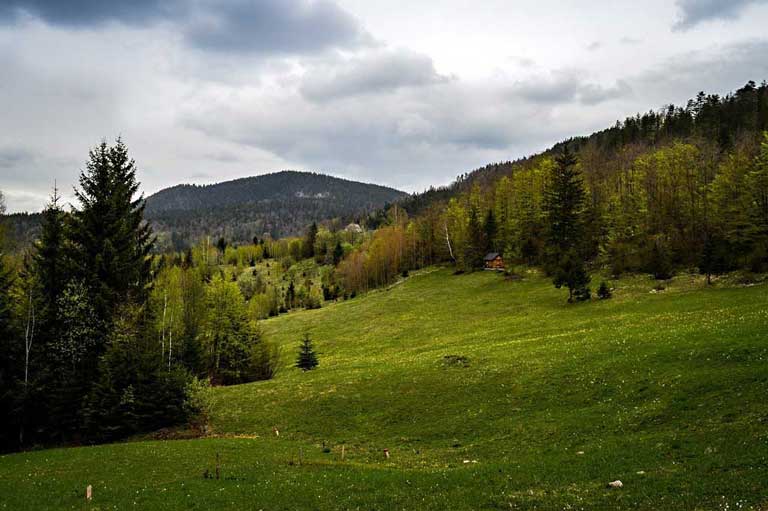
The country is home to four mountain systems that meet – the Dinaric Alps, the Carpathian Mountains, the Balkan Mountains, as well as the Rila-Rhodope mountains.
Since it’s the most mountainous country in Europe, you will not find too many natural lakes there. If you have come to the country looking for lakes, you’ll have better luck finding them in the Vojvodina province. You might come across the manmade lake called Derdap.
Serbia Travel
Before travelling, you need the following:
You need health insurance.
Passport validity of up to 90 days from the date the passport or ID card was issued.
Visa
Visa-free entry is applicable for passport holders or valid ID card holders from the UK, US, Iceland, Norway, and Switzerland, in addition to the countries that are members of the EU.
See the following visa requirements if visa-free entry is not applicable:
You need an invitation letter for private and business visits and proof of payment for tourist trips.
You will need to present a completed visa application, proof of funds, and pay the visa fee.
In addition, you will need to present a return ticket or driving license and insurance, if coming by car.
Main Airports
Airserbia is the nation’s flag carrier and the major airports are:
- Belgrade Nikola Tesla Airport
- Nis Constantine the Great Airport
- Morava Airport
Serbia Currency
The country’s currency is called Serbian Dinar (RSD). To convert Serbian Dinar, follow the link.
Serbia Emergency Numbers
- Police – 192
- Fire – 193
- Ambulance – 194
- National Emergency Number – 112
Time Zone
The time zone is CET. It means Serbia is 1h ahead of the UK. If it’s 10am in the country, it would be 9am in the UK.
It would be 4am in NY as Serbia is 6h ahead of NY.
Country Code of Serbia
Serbia’s tel code is +381.
Is Serbia Safe?
Yes, Serbia is a safe country to visit. Still, keep an eye on your belongings when out exploring, especially if you are travelling via public transport.
Weather in Serbia
The country has an oceanic climate. In the north, it is hot and humid in the summer, and cold in the winter. In the south, the summers are hot and dry, while the winters are cold and snowy. Their highest average temperature is 30C in August and the lowest average is 3C in January.
Serbia Traditions
Here is some Serbian traditions worth mentioning:
Serbian Traditional Food
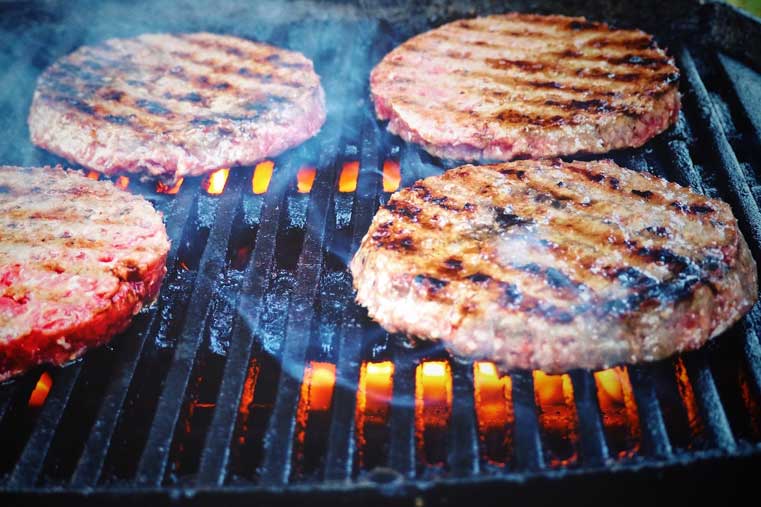
When you eat in Serbia, the food is like taking a bite out of every culture. Their food takes inspiration from Hungarian, Greek, and Turkish cuisines. The common items on the menu include meat (chicken, pork, and lamb), potatoes, vegetables, and rice.
Serbia’s traditional dishes include stuffed cabbage rolls and cevapi and pljeskavica. Pljeskavica is a minced meat dish, served with bread.
Their breakfast includes bread with honey, butter, or cheese, ham, corn cakes, and cheese pies.
What is the National Drink of Serbia?
Can you drink alcohol in Serbia – yes, you can. Serbians consider “rakija” to be their national drink. It’s a type of fruit brandy made from plums. It’s a tradition to serve Serbian rakija when they have guests.
Public Holidays
- New Year’s Day – Jan 3rd
- Orthodox Christmas Day – Jan 7th
- Statehood Day – Feb 15th
- Good Friday Easter
- Orthodox Easter
- Orthodox Easter Monday
- Labour Day – May 1st
- Armistice Day – Nov 11th
Serbia Facts
Here’s a list of facts about the country:
Serbia History
In 1389 the Ottoman Empire defeated the Serb nobility in the Battle of Kosovo Polje.
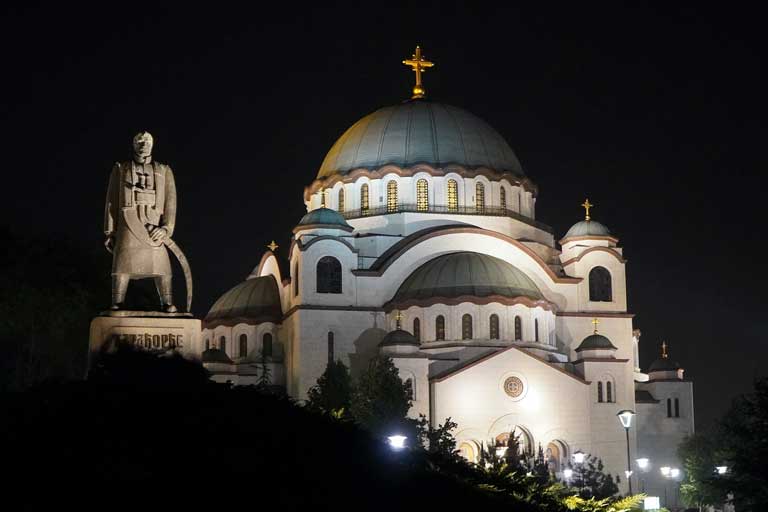
The Ottoman Empire ruled the country from the 15th century to the 18th century.
Following the Second Serbian Uprising, in 1817 Serbia became an autonomous principality.
International treaties recognise Serbia’s independence in 1878.
In 1929 Kingdom of Yugoslavia formed which included Serbs, Croats, and Slovenes.
In light of Yugoslavia’s breakup, the Bosnian War started in 1992 and it later ended in 1995.
2006 marks Serbia’s declaration as the independent self-governing beneficiary state to the Union of Montenegro and Serbia.
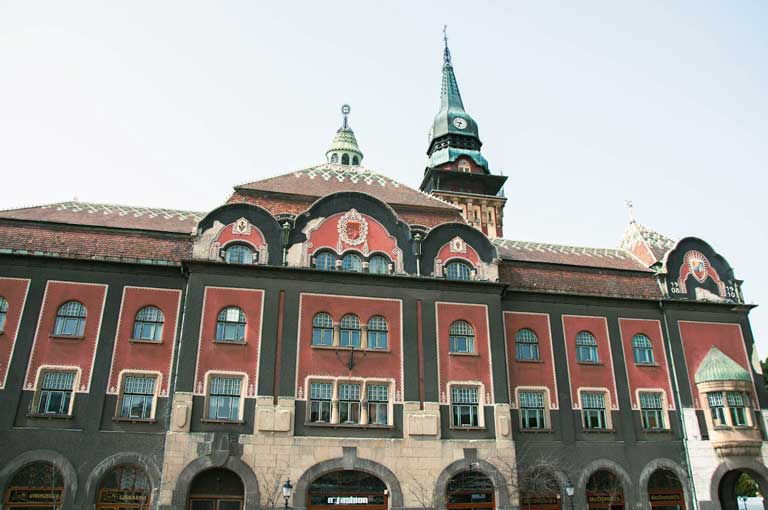
The country applied to join the EU in 2009 and the negotiations started in 2014.
Follow the link to read further on what’s the best time to visit Serbia.
A Very Special Sports Achievement for the Country
The most popular watched and played sports are basketball, football, tennis, water polo, as well as volleyball, and handball. So far, the Serbia National Football Team has qualified for three out of four FIFA World Cups.
Serbia has two prominent football clubs — Red Star and Partizan. Red Star won the 1991 European Cup whereas Partizan became a finalist in 1966. Moreover, the country’s national basketball team has won the 1998 and 2002 World Championships and three times the European Championship. They are also silver medalists from the 1996 and 2016 Olympics.
Their women’s basketball team has won twice the Euro Championship and are bronze medalists in the 2016 Olympics.
A number of Serbian basketball players —31 in total — have played in the NBA. Few prominent basketball players are Nikola Jokic, Predrag “Peja” Stojakovic, and Vlade Divac.
In tennis, you have the well-known player Novak Djokovic, ranked number 1 on the ATP tour.
Furthermore, Serbia has one of the best volleyball teams in the world with both men’s and women’s teams bringing home Olympic medals and trophies.
Is Serbia in the EU?
Not yet. Serbia applied to become a member of the European Union on Dec 22nd, 2009. Negotiations between the two parties are still ongoing and will likely be completed at the end of 2024. They should be a part of the EU by 2025.
Are There Any UNESCO Heritage Sites in Serbia?
Yes, there are UNESCO sites in Serbia and here are a couple of them:
- Stari Ras was the first capital of Serbia where you will find a group of medieval monuments, which includes the Old Fortress of Ras.
- Studenica Monastery, established in the 12th century, is the largest monastery in the country.
- Gamzigrad, or the Palace of Galerius, is a spa centre and archeological site.
If you want to find out more, go to intriguing facts about Serbia!
Meanwhile, here’s an interesting fact about Serbia you may not know:
Have You Heard about Serbia’s Endless Supply of Raspberries?
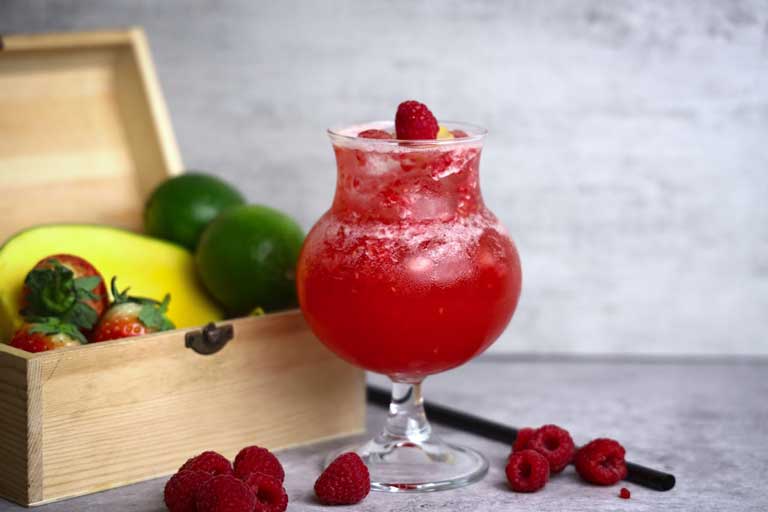
Serbia is the 4th largest producer of raspberries in the world with Russia, Poland, and also the US taking the top three spots. In fact, they have been producing raspberries for centuries. The country also cultivates apples, plums, and apricots.
Raspberries have become an important aspect of their tradition. What’s more, they make “slatko,” a fruit preserve made with raspberries. If you travel to Serbia, try their scrumptious pancakes drizzled with a raspberry topping.

